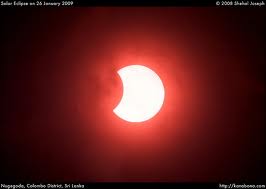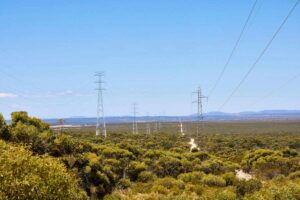China is about to double its targeted installation rate for solar PV for the second time in as many months, and now expects more than 40GW to be installed by 2015.
According to Deutsche Bank, this target was confirmed by a source “familiar with the matter”, and added that an officer at the National Energy Administration, who also confirmed that there will be no caps on the new added capacity, as had been speculated elsewhere.
The new forecast is in fact the fourth upgrade of the target for solar PV for China’s 12th five-year plan, the country’s official economic blueprint. Just 18 months ago, it was set at 5GW, but that is expected to be the rate of installation in calendar 2012 alone. It was doubled to 10GW, then to 20GW, and now 40GW.
The upgrade to China’s 2015 forecast means that its 2020 forecast will also have to be lifted, most likely to at least 100GW from its current level of 50GW.
That would represent a more than three-fold increase in its forecasts for 2020 made just a year ago, but it reflects the fact that the cost of solar PV continues to fall sharply, and is now a cheaper option in China than peaking power plants, and at the retail and commercial level. Chinese government officials have said that solar PV will offer cheaper wholesale prices – and energy security – than coal or gas by the end of the decade.
The higher forecast for 2015 shouldn’t come as a surprise. China’s installation rate is estimated by some to be around 7GW this year. If that rate was continued until 2015, that would mean at least 30GW by then, even without an increase.
The Deutsche Bank report, quoting the same sources, said that China will focus on large-scale on-grid solar plants, which will be mainly constructed in the Qinghai, Gansu, Xinjiang and Inner Mongolia regions. Some projects have already been canvassed that could comprise facilities of 1,000 megawatts or more.
Spinach-boosted solar…
CleanTechnica last week reported on a new technological breakthrough that has seen the photosynthetic protein in spinach combined with silicon, leading to a solar cell that produces considerably more electrical current than any previous “biohybrid” solar cells. “This combination produces current levels almost 1,000 times higher than we were able to achieve by depositing the protein on various types of metals. It also produces a modest increase in voltage,” said David Cliffel, associate professor of chemistry, who collaborated on the project with Kane Jennings, professor of chemical and biomolecular engineering.
Vanderbilt researchers say their PS1/silicon combination produces nearly a milliamp (850 microamps) of current per square centimeter at 0.3 volts – nearly two-and-a-half times more current than the best level reported previously from a biohybrid cell. “If we can continue on our current trajectory of increasing voltage and current levels, we could reach the range of mature solar conversion technologies in three years,” said David Cliffel, associate professor of chemistry, who collaborated on the project with Kane Jennings, professor of chemical and biomolecular engineering. CleanTechnica reports (via Vanderbilt News) that the researchers next plan to build a functional PS1-silicon solar cell using this new design, which they estimate could allow a two-foot panel to put out at least 100 milliamps at one volt – enough to power a number of different types of small electrical devices.
Solar3D unveils prototype solar cell 250% more efficient than control cell
And in another game-changing solar-tech development, Solar3D has completed the first working prototype of its breakthrough 3-dimensional solar cell technology. CleanTechnica reports that the 3D solar cell it has created “produces at least 250% of the power of a basic silicon solar cell,” according to the company. “When measured relative to a conventional solar cell design, our working prototype produces electricity beyond our previous expectations,” Dr Changwan Son, Solar3D’s director of technology, said.
“First, we fabricated our working prototype. Then we created a simple cell based on the conventional design, using the same fabrication environment, to serve as a control sample. By measuring the side-by-side power output of both cells, we were able to determine the relative performance under a number of conditions, ranging from bright sunlight to lower, diffuse light. In each test, our 3D Solar Cell consistently outperformed the control cell and produced at least 2½ times the amount of electricity under the same conditions.”






